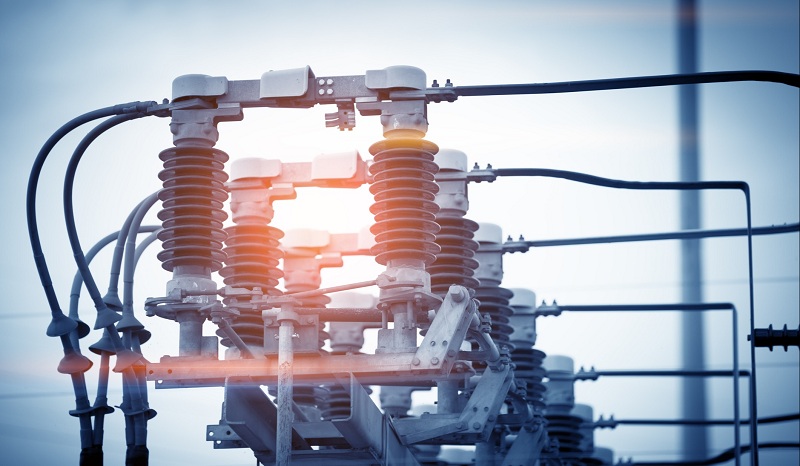
In our daily life, the transformer is a common but less noticed power equipment. When we pass a substation or a power plant, we often see a layer of pebbles placed at the bottom of the transformer, and there seems to be water under the pebbles. So, why are there pebbles under the transformer? Why is there water under the pebbles? This article will shed some light on those mysteries.
A dry-type transformer is a transformer that does not contain flammable or flammable liquids in the insulating material. Its insulation system usually uses solid insulating materials, such as epoxy resin or porcelain tiles. There are three reasons why dry transformers usually place pebbles at their bottom. The first is the support and fixing role, pebbles can provide stable support and fix the position of the transformer, preventing the transformer from moving or tilting under the action of vibration or other external forces. The second is the heat dissipation effect, the porous nature of the pebble enables it to promote the air flow at the bottom of the transformer, improve the heat dissipation effect, and ensure the temperature control during the normal operation of the transformer. Finally, the dustproof effect, pebbles can reduce the dust and debris entering the transformer inside, maintain a clean environment inside the transformer, to prevent the erosion of dust on the insulation material.

Oil-immersed transformer is a common and widely used type of transformer. Its insulation system uses transformer oil (usually mineral oil or silicone oil) as the insulation and cooling medium. Oil-immersed transformer has the following characteristics: excellent insulation performance, good heat dissipation effect, large capacity, stable operation, etc. The main reasons why oil-immersed transformers usually place pebbles at their bottom are also support and stability, heat dissipation, insulation and protection, drainage and corrosion protection.
In the design of transformers, it is common practice to set pebbles under the transformer and keep a certain amount of moisture under the pebbles. So why do we need to add water under the pebbles? The main function of pebble water is heat dissipation and insulation. When the transformer is running, it will produce a lot of heat, if it is not timely heat dissipation, it will lead to high temperature and affect the normal operation of the transformer. By making full use of the thermal conductivity of water, pebbles can effectively absorb and conduct the heat generated by the transformer, so that it is distributed to the surrounding environment, thereby reducing the working temperature of the transformer. The principle of action of water under pebbles is mainly based on the thermal conductivity and insulation of water. Water has a high thermal conductivity, when the transformer generates heat, through the conduction of water, the heat can be quickly distributed to the surrounding environment, avoiding the damage caused by excessive temperature to the transformer. Therefore, the water under the pebbles is very necessary, it can improve the heat dissipation effect of the transformer, reduce the working temperature, and enhance the insulation performance of the transformer to ensure the safe and reliable operation of the transformer.
Application of cold rolled stainless steel
2021-07-15Orientation electrical steel hot rolling process system
2023-12-06The Best Cutting Board is Stainless Steel
2023-04-24Stainless Steel Use In Marine Applications
2023-04-10Alloy Steel vs. Stainless Steel: What's the Difference?
2025-10-21Fingerprint-free process of color stainless steel
2020-12-03






